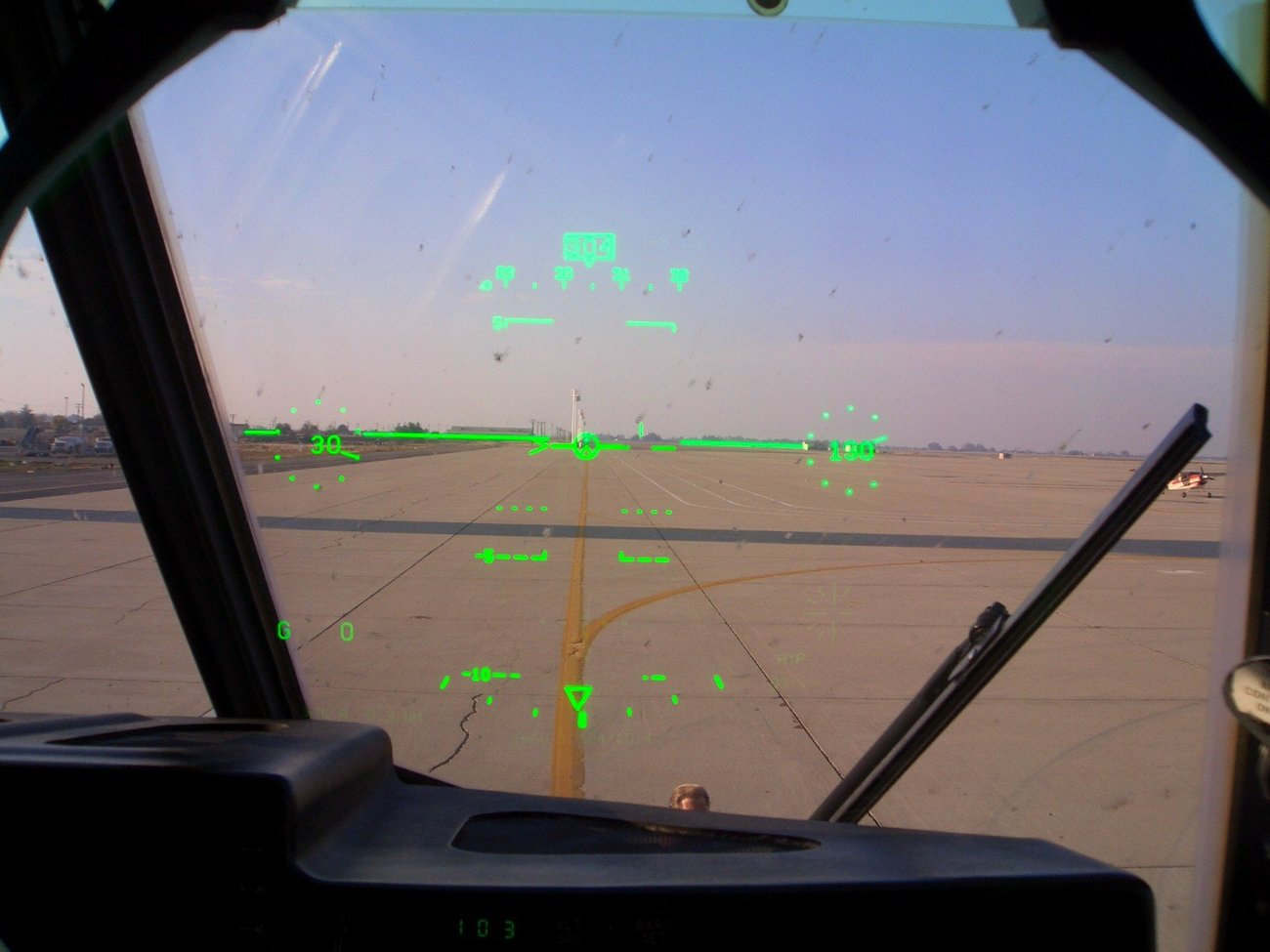
Most of us are quite familiar with virtual reality (VR), as well as augmented reality (AR). After all, both industries are worth billions of dollars, and are only expected to continue growing at an exponential rate. But what about mixed reality (MR)?
You should be, says Accenture Interactive managing director for Australia and New Zealand Michael Buckley. “The 2000s were all about mobile,” he says. “Now we’re in mixed reality and leading services.”
Accenture New Zealand managing director for health and public services Mary-Anne McCarthy says mixed reality can best be described as wearing a headset or other smart technology and receiving real-time information that appears as a heads-up display (HUD) as you move around a space, such as your home or a business. She admits it all sounds pretty science-fiction-y, but it goes far beyond augmented reality – and will only become more common as tech gets smaller and more ubiquitous. “With augmented reality you might see a dashboard or data in your [social media] feed, but mixed reality is very context-specific,” she explains, adding it’s “where we’re at.”
Another example of mixed reality, McCarthy explains, would be a doctor at a hospital wearing a headset that allows them to see what an emergency responder sees at the scene of an emergency in another part of town. The doctor could then give the emergency responder voice instructions for how to take care of the patient, such as what to do if they were going into cardiac arrest. Or, McCarthy says, mixed reality could allow people to “beam in” to remote, hard-to-reach or dangerous locations like deep-sea oil rigs in the Arctic Ocean. This could make things not only safer, she explains, but “it’s a massive cost savings in terms of travel and time.”
High-tech as all this sounds, it also might sound like it’s pretty far off in terms of being an everyday technology we interact with. But Buckley claims it’s not. “Mixed reality is not a fad,” he says. “Everything’s moving so quickly. The pace of innovation is faster than ever before.”
In fact, Buckley says mixed reality could begin to become ubiquitous in as little as 12 months, because companies are beginning to realise how they’re already being disrupted. “Boards are finally up for the change. Everyone’s getting disrupted.”
Buckley and McCarthy also point out how Accenture is getting on board. They point out that the company acquired Chaotic Moon Studios, a creative technology studio that creates and develops user-centered experiences and works with mixed reality and melding products and services, in July 2015. “We’re now putting product design up front,” says Buckley.
Having a strong design for mixed reality is important for customer experience, Buckley explains, because the industry is still growing. “If it goes too quickly without improving customer experience, we could go back to the 80s [in terms of lack of integrated technologies].”
But overall he says he’s positive about the direction things are heading. “It feels as though we’ve got the data, we’ve got the analytics, we’ve got the broadband speeds. Now it’s just the hardware.”




